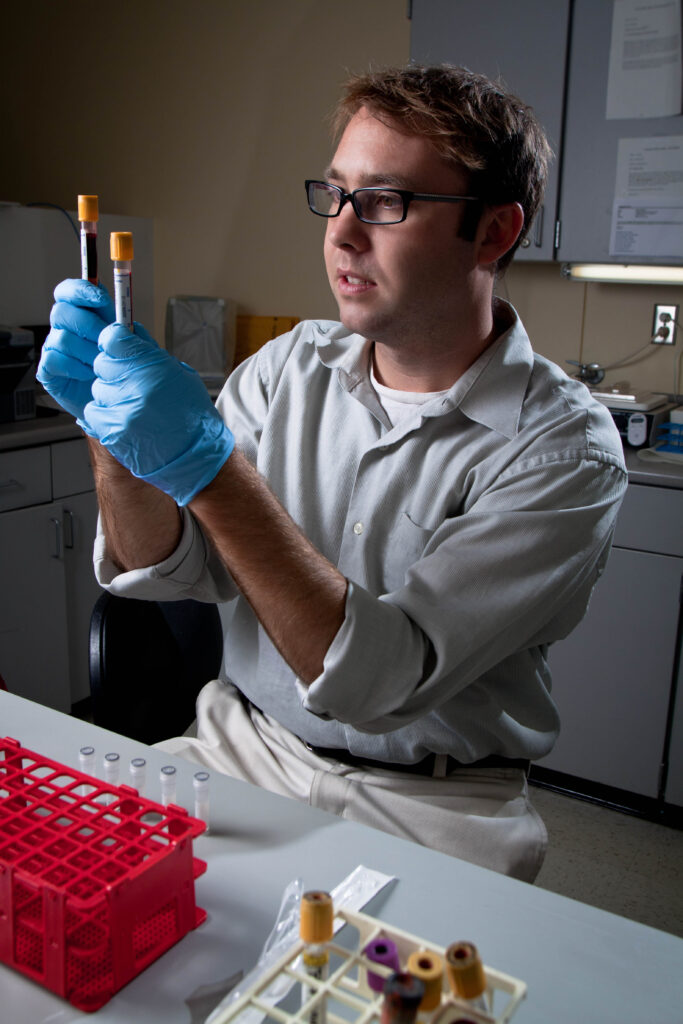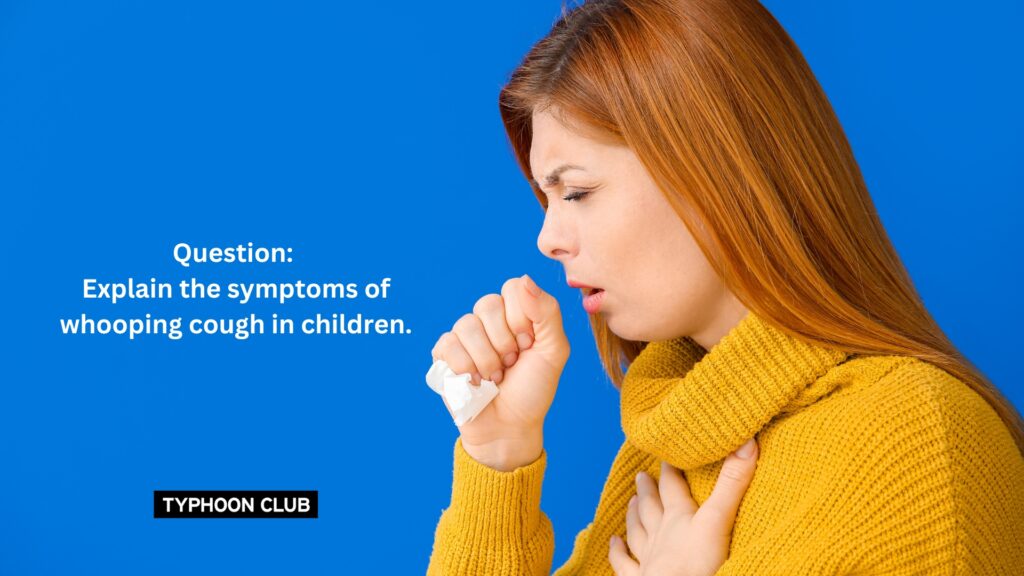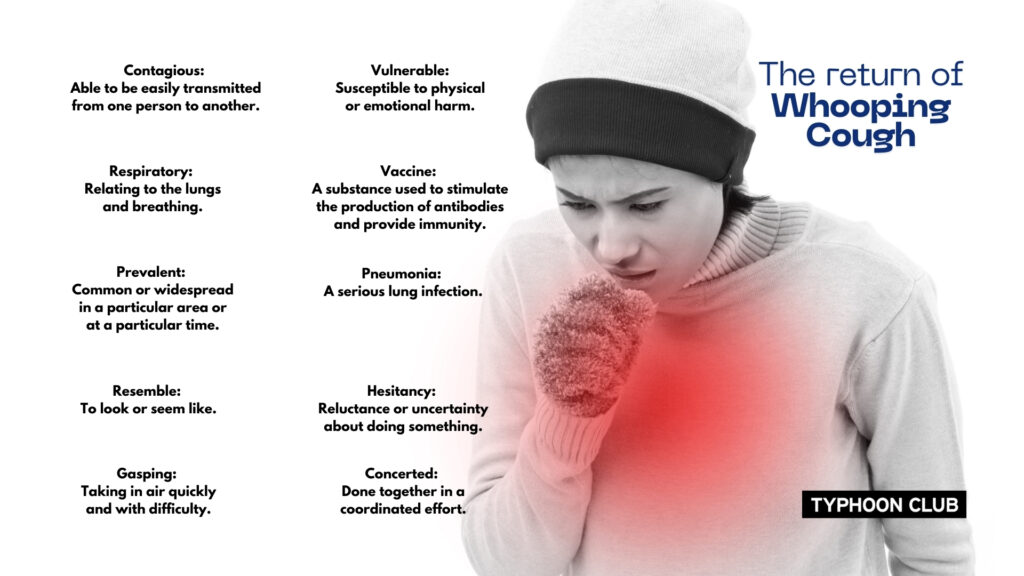
Whooping cough, also known as pertussis, is a highly contagious respiratory illness caused by the Bordetella pertussis bacteria. It gets its name from the distinctive “whooping” sound that infected individuals make when coughing. While whooping cough was once a very common childhood illness, vaccines introduced in the 1950s helped drastically reduce its prevalence. However, in recent years, the disease has started to make a concerning comeback in many parts of the world.

The symptoms of whooping cough typically appear around 7-10 days after a person is infected. Early on, it may resemble a common cold, with a runny nose, sneezing, and a mild cough. But over time, the cough becomes more severe, with fits of coughing that end with the distinctive “whooping” sound as the person gasps for air. Other symptoms can include vomiting, exhaustion, and even rib fractures from the intensity of the coughing fits.
Whooping cough is primarily spread through the air when an infected person coughs or sneezes. It can also be passed on through direct contact with respiratory secretions. Those at the highest risk of contracting whooping cough are unvaccinated infants and young children, as well as the elderly. For these vulnerable groups, whooping cough can be extremely dangerous, potentially leading to life-threatening complications like pneumonia or brain inflammation.

Thanks to widespread vaccination programmes, whooping cough cases declined dramatically in the latter half of the 20th century. However, in recent years, the number of whooping cough cases has been on the rise in many countries. There are a few key factors contributing to this resurgence:

1) Waning immunity: The protection provided by whooping cough vaccines can diminish over time, leaving some previously vaccinated individuals vulnerable to infection.
2) Vaccine hesitancy: The growth of anti-vaccination movements has led to lower vaccination rates in some communities, allowing the disease to spread more easily.
3) Bacterial evolution: There are concerns that the Bordetella pertussis bacteria may be evolving to evade the protection offered by existing vaccines.
To address the reemergence of whooping cough, health authorities are emphasising the importance of keeping vaccination rates high, as well as promoting booster shots for adolescents and adults. Improved disease surveillance and the development of newer, more effective vaccines are also crucial. With a concerted public health effort, the hope is that whooping cough can once again be brought under control and prevented from endangering vulnerable populations.
Whooping cough causes, symptoms and treatment explained:
QUESTION:

VOCABULARY:
